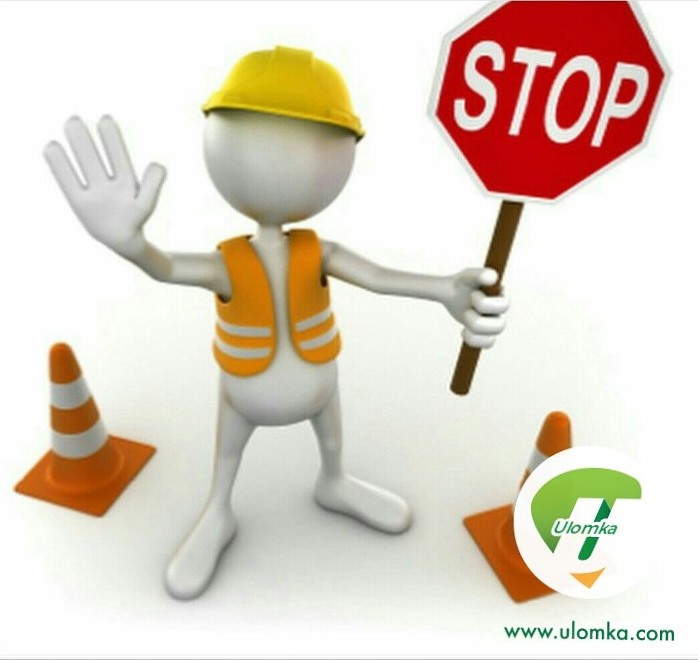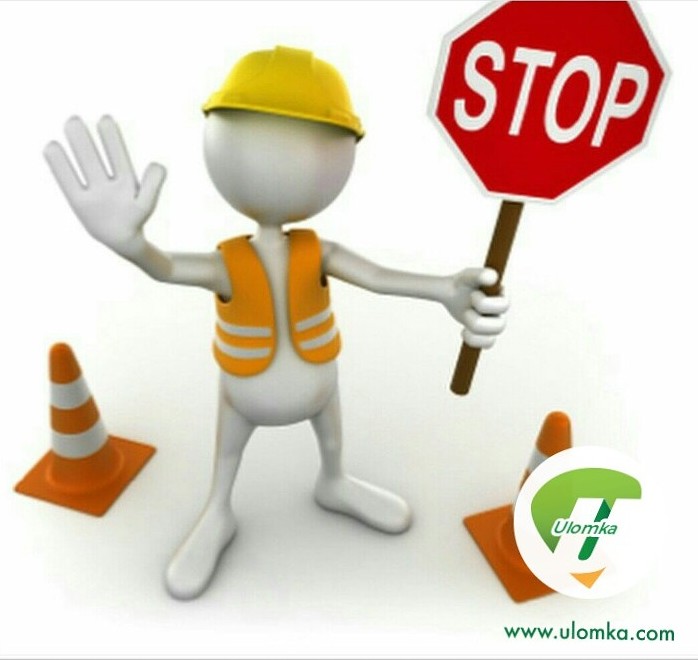Last week, Ada noticed the office photocopier wasn’t working rightly. She thought it was negligible but didn’t say anything to anyone. The office has never had a workplace inspection plan.
Yesterday, when Kate started to use the machine, she got electrocuted. Thankfully, Biola saw her and immediately switched off the equipment. Kate did not die. However, she sustained injuries.
Now, that was very close! Who wants to waste business funds on scenarios that could have been avoided?

These things happen!
A lot of potential hazards can be stopped from growing into accidents through workplace inspections. Most times, we take happenings in the workplace for granted. Other times, we create tasks for ourselves and employees wrongly.
Regular inspections can expose existing and potential danger. Hazards like a sharp nail, a blown fuse, faulty equipment, poor workstation design, uneven floors have a high potential to cause injuries and illnesses.
Someone might be thinking “This is not for me”.
Hold that thought.

Are some more prone to injuries than others?
Anyone can get injured on any type of job. People faint, fires start, people trip and fall, machines malfunction in various businesses. To really get things right, you would need a Safety Professional to help you with safety inspections.
However, on your own you can begin to assess the work process (Are there repetitive tasks? Is the task properly designed? Do staff have sufficient break time?), the environment (What is the noise level? Is the workplace too hot or too cold?), the equipment (Does it malfunction? Is it appropriate for the particular task?).
Workplace inspections could be done daily, weekly or monthly depending on the scale and nature of business.
Workplace inspections are important to businesses because they help you:
- Identify existing and potential hazards (danger)
- Recommend corrective actions
- Interact with employees and know their concerns as they perform their daily tasks
- Monitor existing corrective actions
So, what have you observed at work that could lead to harm?
Do something about it!
This article was originally published on She Leads Africa
Photo credit: Google images




